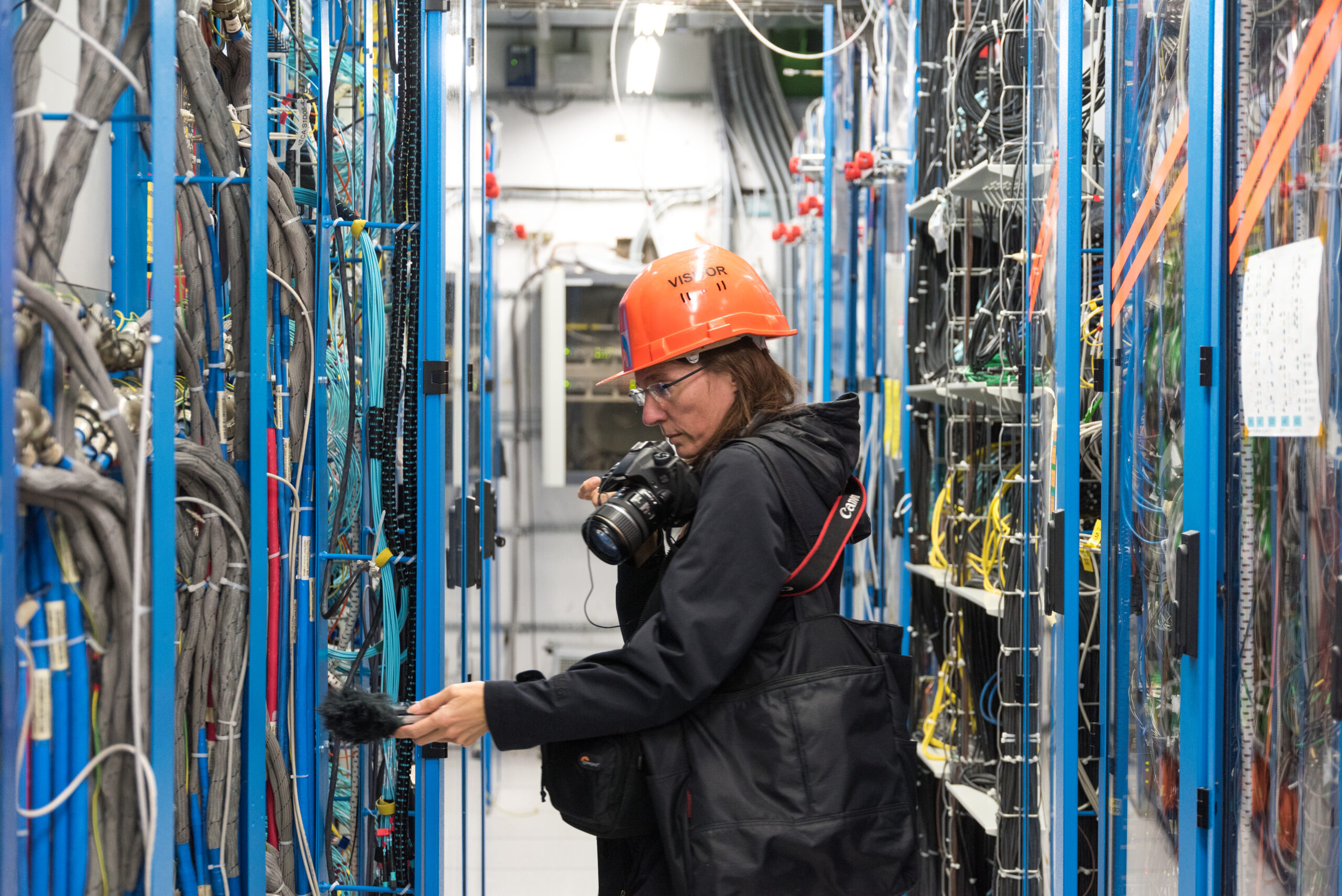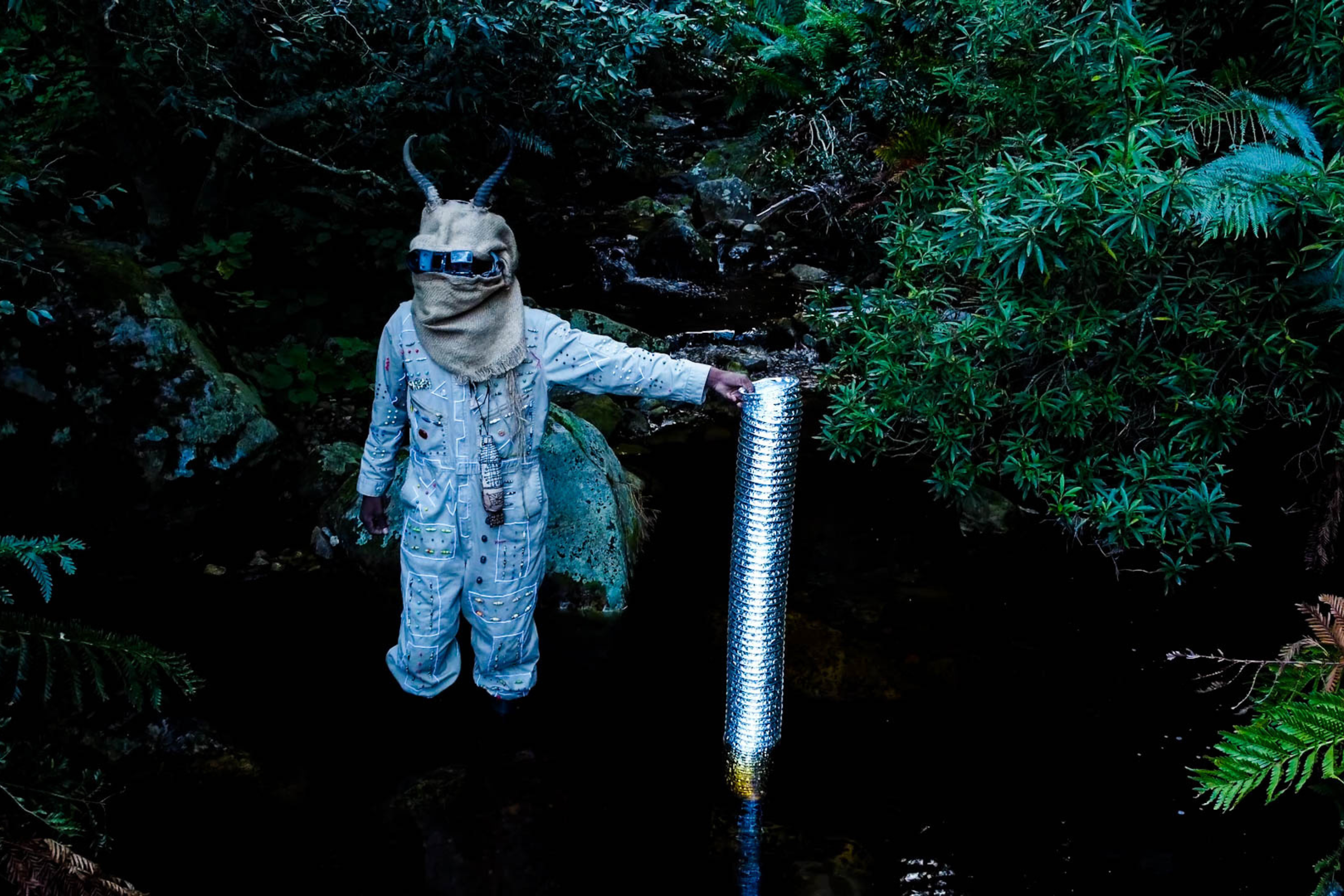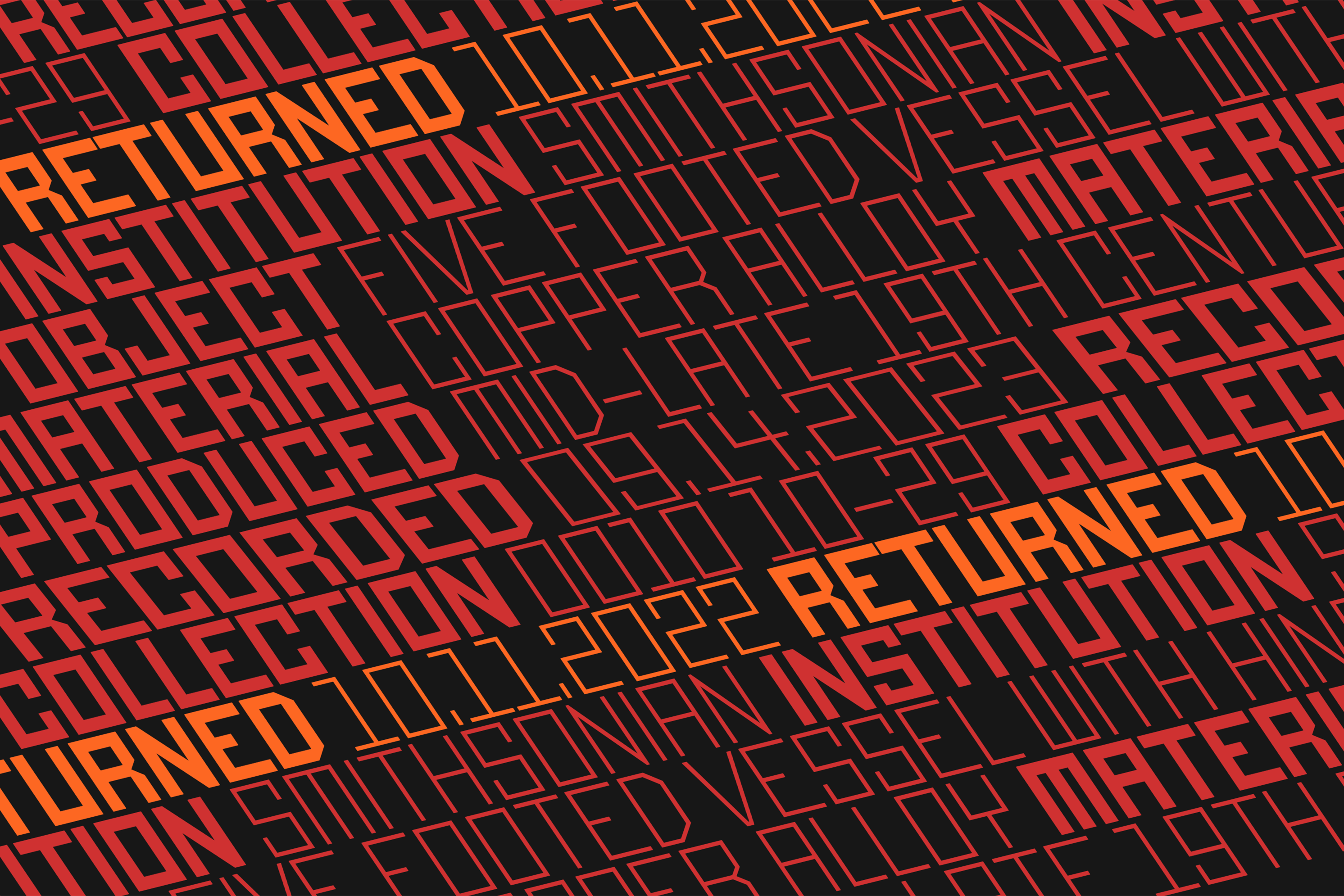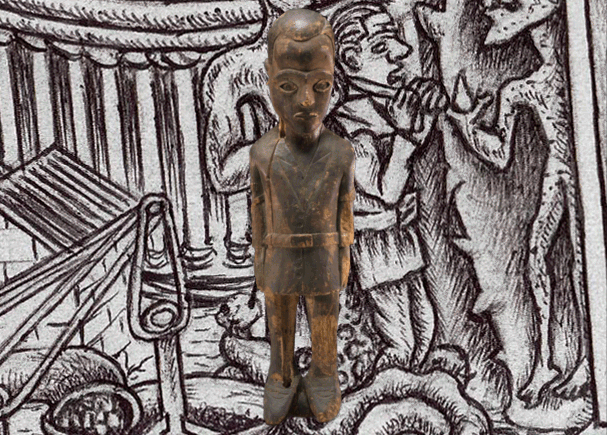How can we foster a culture in which art, science, and technology thrive as interrelated and mutually enriching methods of exploration, knowledge, and discovery? For a more sensitive and determined approach to the pressing issues of our time. Let’s embark on a journey into a world of possibilities. A world of new solutions.
STARTS is a European Commission initiative to promote alliances between science, technology and artistic practice. It focuses on people and projects that contribute to overcoming the social, environmental and economic challenges facing the European continent. As an active partner of the initiative since 2015, Ars Electronica has been awarding the annual STARTS Prize and presenting a STARTS exhibition at the 2024 Festival that makes the impressive and far-reaching role of artistic and creative communities visible to all – this year with the aim of focusing on the STARTS approach as a whole. Namely: art as a catalyst in the innovation process.
Accordingly, the STARTS exhibition focuses on artistic works that influence or change the way technology is viewed, as well as promising forms of experimenting between the private sector and the world of art and culture. “This year’s STARTS exhibition will showcase the various forms and functions of artistic and creative collaboration. Above all, we want to focus on its potential to serve as a source of inspiration and a driving force for progress – today, right now, and in the future. We present projects by individual artists as well as institutional initiatives that are actively bringing about change through their innovative ideas and commitment,” says Masha Zolotova , co-curator of the STARTS exhibition.
In 2024, therefore, the exhibition will showcase not only the results of the projects in which Ars Electronica is currently involved, such as the STARTS Prize winners and the STARTS Prize Africa winners, but also the works developed in the STARTS4Africa and STARTS in the City residency programs, as well as the results of other EU projects with a similar approach, such as the FUNKEN Academy project and the Label4Future projects.

Let STARTS start
The exhibition opens with the STARTS Grand Prize-winning project “Calculating Empires: A Genealogy of Power and Technology, 1500-2025”, a large-scale visual manifesto by Kate Crawford and Vladan Joler that critically examines the relationship between technology and power over five centuries. Merging research and design, science and art, Joler and Crawford move beyond the current spectacle of artificial intelligence to reveal a new way of seeing our technological present by delving into the past – from the birth of European empires to the tech companies of today. By asking how we got here, the artists also consciously invite us to think about where we go from here. In other words, they allow their audience to enter the exhibition with an open mind – always accompanied by the question: How did we get here and what could be the next step?
A way forward
In the midst of the hustle and bustle of the exhibition, other projects are already raising similar questions: Namely, whether it is only necessary to look at our past in order to think about our future, or whether it is only the consideration of different perspectives on the past that can inspire new actions. The fact is that there is no single view of history, but always a multiplicity of perspectives. “In order to learn as a society from those who have been suppressed, we must understand the previously unheard voices as new impulses for dialogue and sources of ideas for new social strategies,” Masha Zolotova concludes. The next step: Include other perspectives.
As part of the STARTS4Africa project, the first STARTS residency program dedicated exclusively to promoting African innovation at the intersection of science, technology and the arts, African leaders are partnering with European stakeholders to implement eight artistic residencies in Nigeria, Senegal, Ghana and Tanzania. The residencies bring together local and international artists with regional stakeholders to highlight the rich, complex and localized relationships between technology, art and culture. Artists bring their cultural knowledge to the global stage in order to make the resulting innovations more accessible to the masses and to make existing problems more tangible. In doing so, they not only challenge old narratives of history, but also empower communities to actively fight injustice.
Ars Electronica 2024’s STARTS Prize Africa highlights innovative regional initiatives: the Balon NFT project by CATPC reclaims art and land through blockchain, challenging historical exploitation; Black Body Radiation by Ameera Kawash and Ama BE explores the intersection of spiritual and digital technologies in valuing tobacco; Dzata: The Institute of Technological Consciousness by Hlongwane, Knoetze, and Wilson reimagines African folk and tech practices in a fictional institute; I.AM.ISIGO Digital Mystery System connects ancient African weaving techniques to the digital web; and Metadata Memoir emphasizes the significance of community property and public trust in the restitution process.
Artistic Perspectives
To explore other possible answers to the opening project’s question of what the next step might be, a wide range of artistic and creative communities are creating designs for a more inclusive, accessible, and empathetic world – in a variety of dimensions, as the exhibition shows the public. All the projects on display have one thing in common: they use artistic means to challenge the technological status quo and propose alternative approaches. They transcend established norms and thus anchor new perspectives in the public discourse. These range from greener technology design and protection mechanisms for key technologies to the interweaving of technological development and historical methodology. Next Step: Rethinking.
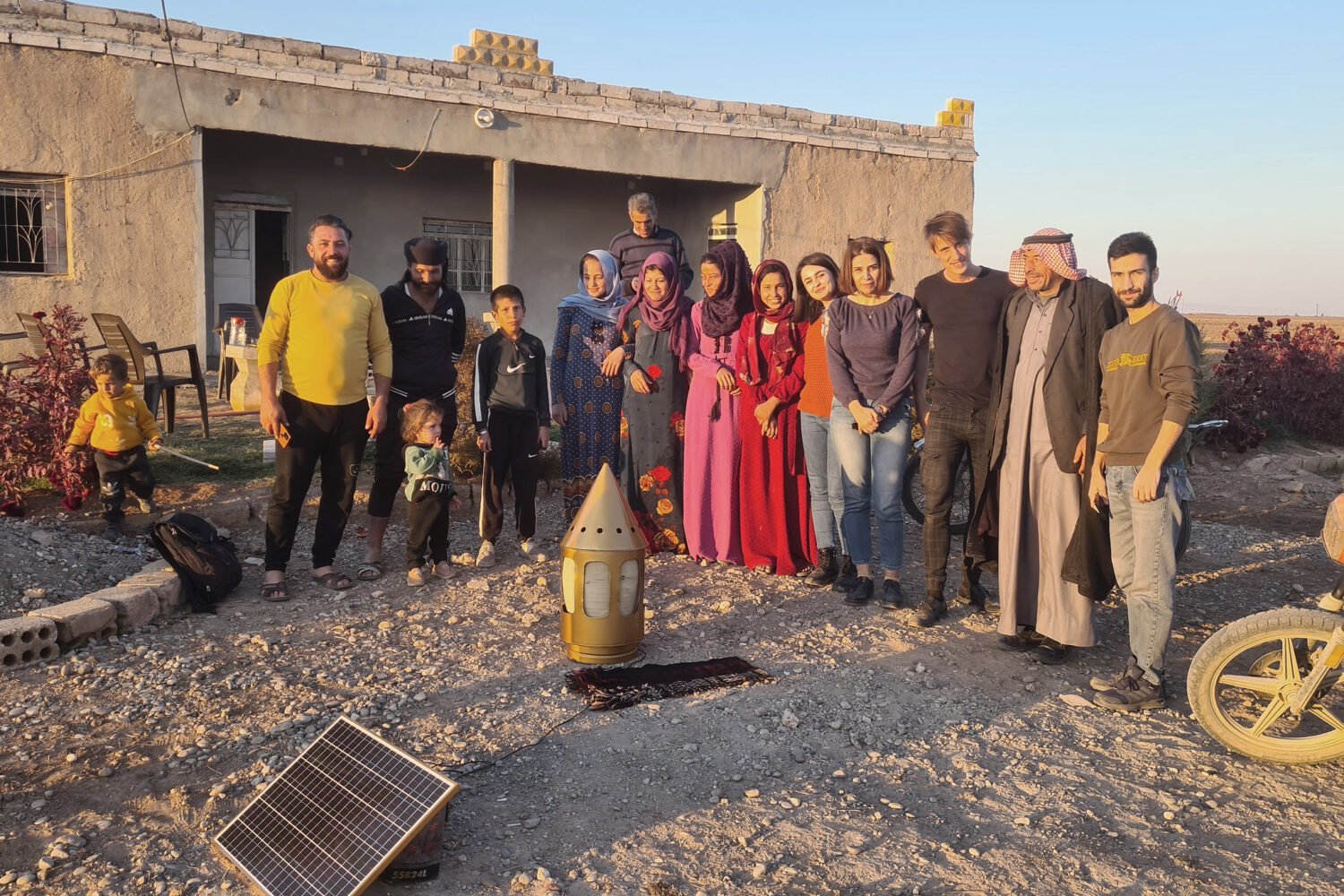
Nominated for the STARTS Prize 2024, the “Revolution Refridge” project, for example, is both a work of art and a household technology that addresses the local difficulties of food refrigeration in Rojava, northeastern Syria. It responds to two aspects: First, it combines a historic evaporation-based cooling method with a modern solar system. Second, its design suggests an alternative, regionalist future in which science fiction idioms merge with regional heritage.

The artistic intervention “Sand Gardens”, another STARTS Prize Africa 2024 project, presents an alternative solution to a critical problem in the Sahrawi refugee camps in southwestern Algeria. Sand was used as a medium for growing vegetables and herbs in a very difficult desert environment and extreme heat. The development of such sandoponic gardens is primarily intended to provide Sahrawi families with local access to nutritious food.
Other artists provide the viewer with insights into often mysterious technological processes and thus contribute to the technological competence of our society – especially in the much-discussed field of artificial intelligence.
For example, “How (not) to Get Hit by a Self-Driving Car”, a Honorary Mention of the STARTS Prize 2024. This is a game installation that challenges people to cross the street without being detected by an AI. In playful way the artists critically examines and illustrates the problem of geographic bias in AI data collection and the resulting risks that inaccurate systems will pose in the future. However, any festival guest who takes on the challenge live on site will know that tricking AI can also be a lot of fun. Participation is encouraged!
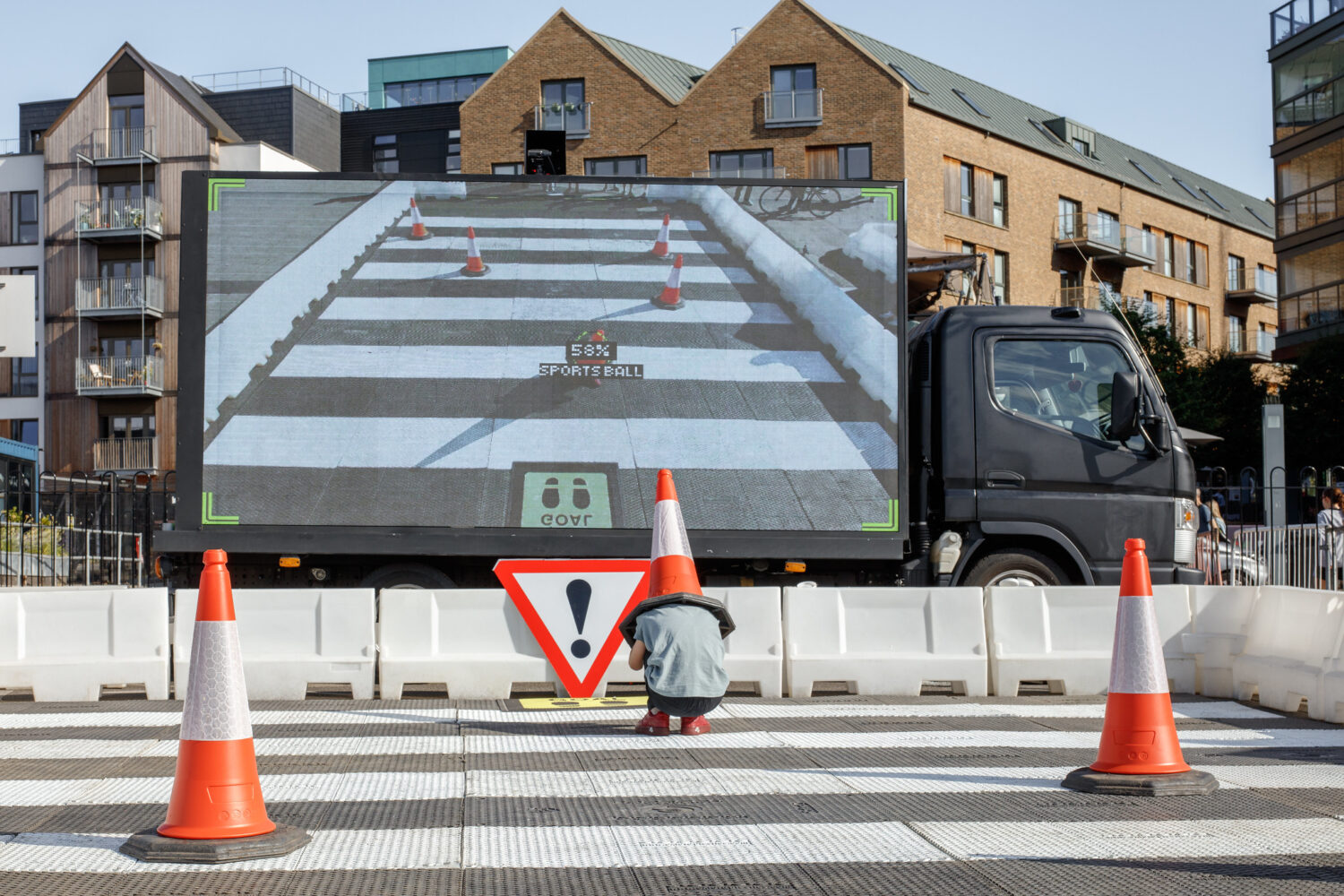
Structures of power and care
The STARTS exhibition clearly shows that creative visions are a breeding ground for alternative solutions – for the present and the future. Art, in particular, plays the role of a catalyst, disseminating scientific and technological knowledge and skills to the public and initiating innovative processes. But who can help artists in this endeavor? Institutional support plays a crucial role in sustaining innovative approaches and creating space for new experiments. “This support can, for example, take the form of institutionalized spaces for interdisciplinary dialogue. It can also go as far as providing access to physical infrastructures such as CERN, the European Organization for Nuclear Research,” says Zolotova. These structures are crucial for institutionalizing cross-border collaboration and ensuring the visibility that is so important for its further development.
Arts at CERN was awarded at the STARTS Prize 2024 with the Grand Prize for Innovative Collaboration. The program promotes meaningful exchange and connects the international cultural community through science and research. It has been acknowledged by the jury members as an example of key scientific and technological infrastructure that can drive innovation with arts-science initiative. The next step: Identifying opportunities together.
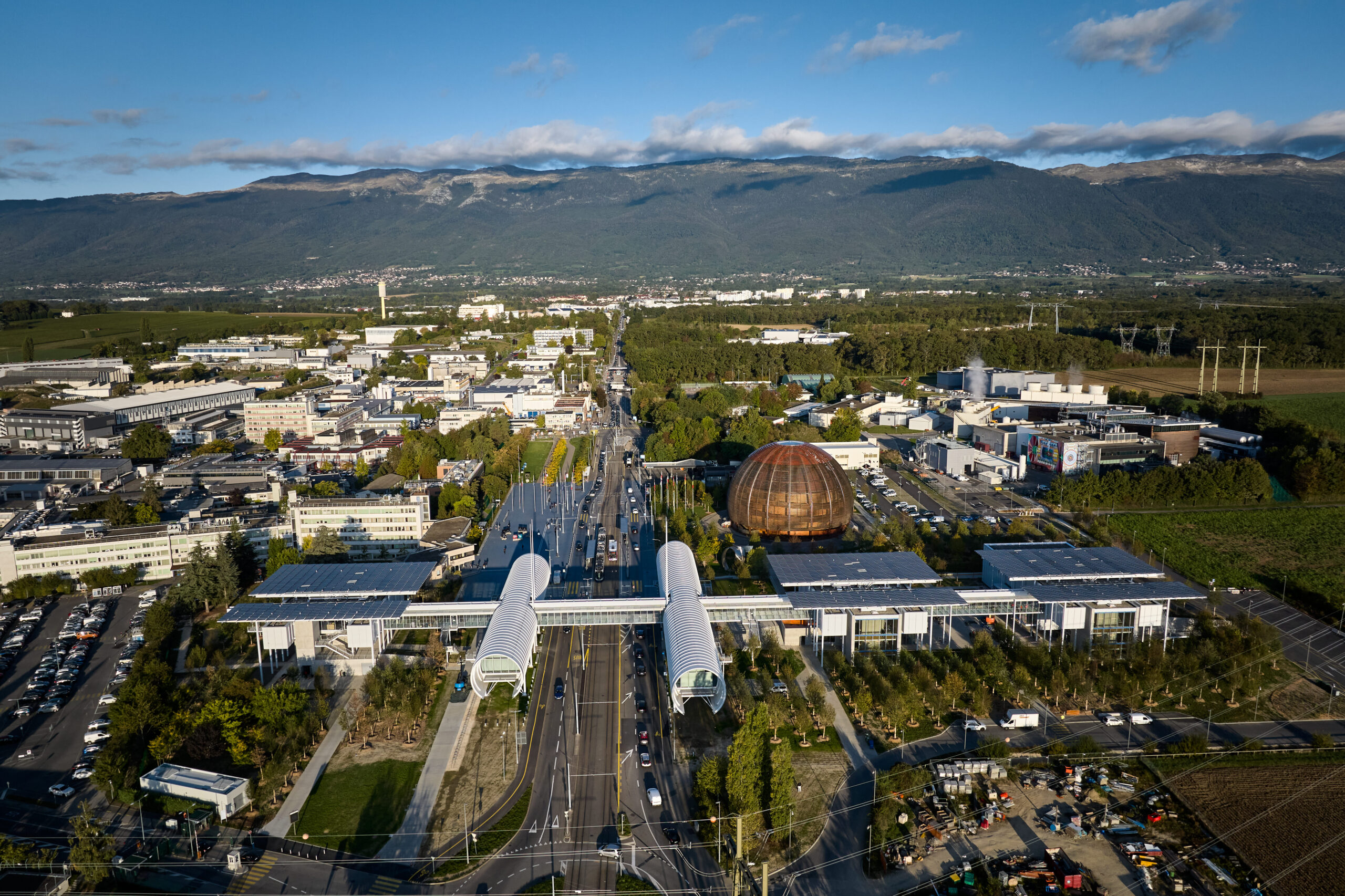
Collaborative solutions
The 2024 exhibition shows what the results of such collaborations can be, with many inspiring examples that, with their surprising results, contribute to the design of new models for integrating creative approaches into industrial development.
For example, the “Soft Collision” project, a Nominated at the STARTS Prize 2024, explores the potential of safe physical interaction by accepting collisions rather than avoiding them. Using a deformable pneumatic membrane, human-robot interaction becomes more intuitive and comprehensive. It is a concept that goes beyond conventional industrial interaction protocols and enables a more engaged and inclusive way of communicating.
It is precisely such forward-looking approaches, and the paradigm shifts they entail, that the European Commission wants to promote with its Science-Technology-Arts (STARTS) initiative. Science, technology and the arts form an interface at which attentive observers recognize an extraordinarily high potential for innovation. And innovation is exactly what we need to meet the social, environmental and economic challenges that Europe will face in the near future. And we may be closer than we think to answering the question of what the next step should be. Namely: Be open to the next steps.
The STARTS exhibition can be seen at POSTCITY as part of the Ars Electronica Festival 2024. Tickets are available here.
